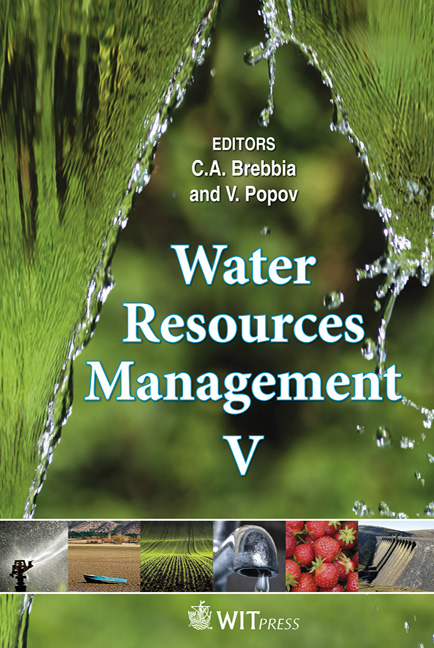Simple To Complex Tools For Sustainable Water Resource Management
Price
Free (open access)
Transaction
Volume
125
Pages
8
Page Range
47 - 54
Published
2009
Size
1,879 kb
Paper DOI
10.2495/WRM090051
Copyright
WIT Press
Author(s)
S. Ashby, D. Richards & R. Wallace
Abstract
The U.S. Army Corps of Engineers has developed a system of tools to improve environmental forecasting and decision-making in comprehensive water resources management. Currently available tools include geospatial assessment techniques, habitat and index-based models, single- and multi-dimensional numerical models, and ecological models based on concepts of bioenergetics, individual-based response, and trophic structure. Applications of these models for sustainable water resource management provide opportunities to assess and predict landscape changes, owing to activities such as urbanization, ecosystem restoration, water resource project operations, etc. at various temporal and spatial scales. Since resources (e.g., data, time, expertise, funding, etc) are often limited, a tiered or hierarchical approach to water resources management is recommended. For example, geospatial technologies can be used to develop land cover and land use data layers for applications in habitat-based models or numerical models for watershed runoff predictions. Index-based models can be used in conjunction with stakeholder-developed performance criteria to forecast potential adaptive management trajectories for sustained and multi-purpose use of water resources. Another level of water resource assessment combines predictions of land use changes and subsequent changes in material loadings with potential biological response in aquatic systems using multi-dimensional models. This suite of tools has been developed within a framework to \“customize” comprehensive tool selection in the decision-making process, thus ultimately allowing user communities to maintain databases, conduct alternative analyses, and transfer information in a user-friendly format. Selected case study applications are presented to demonstrate this concept. Keywords: watersheds, geospatial, modeling, habitat, visualization.
Keywords
watersheds, geospatial, modeling, habitat, visualization





